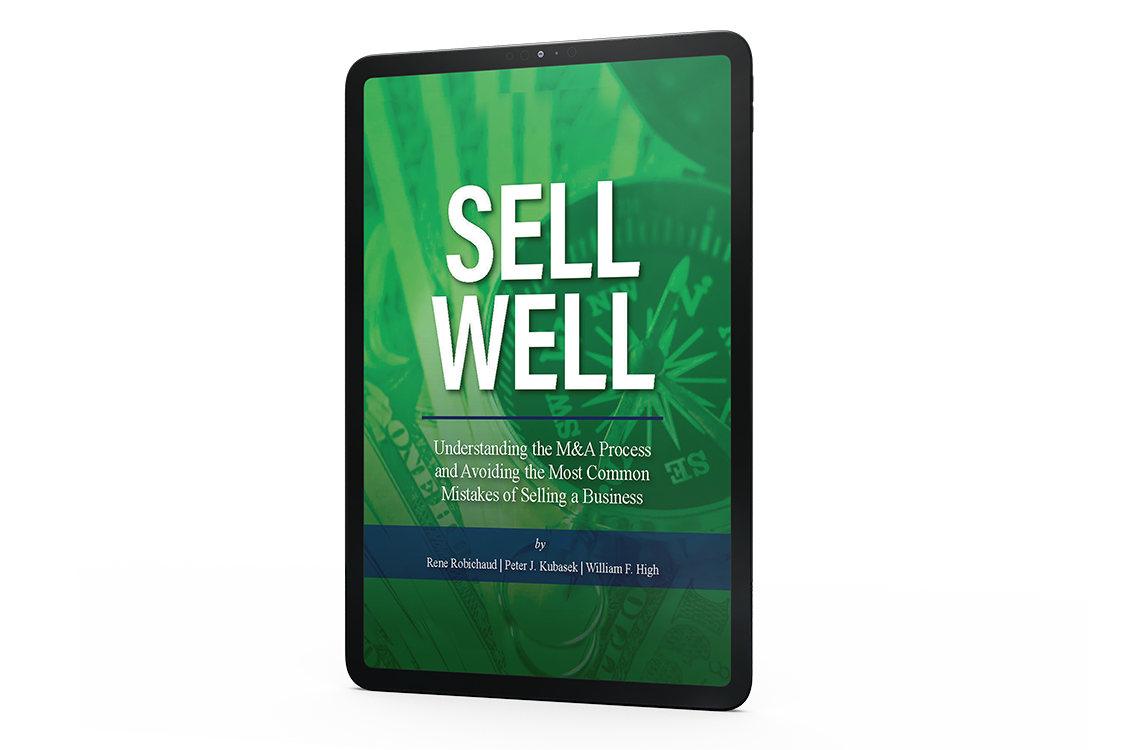ArkMalibu Industry Snapshots, First Quarter 2023 (Released 4/20/2023)
We invite you to read our M&A market analysis and access the Market Monitor links below, where you may download detailed reports containing M&A trends and data from 17 industries. Please feel free to contact us at (513) 583-5413 to discuss how the information presented in each report may relate to your business and its own unique set of value drivers.
U.S. & Canada M&A Overview – Deal activity drops while multiples rise due to size and risk bias
- M&A deal volume in Q1 dropped QoQ and YoY, while the median TEV/EBITDA multiple rose over both periods
- Q1 2023 saw 3,419 deals, representing a 17% drop QoQ and a 29% drop YoY
- The first quarter’s median multiple came in higher at 14% above Q4, and 43% above Q1 2022
- In Q1 safer deals continued to trade while riskier deals did not as the M&A deal count represented the weakest Q1 since 2013; however, an additional nuance in Q1 2023 is that this preference translated to a disproportionate number of larger deals being executed
- Reported total capital invested was higher than any first quarter before 2021, and this resulted in the median capital invested of $100mm being up significantly (43% YoY)
- These larger deals contributed to the observed multiple increase due to the size-premium effect: not only do investors tend to pay more for larger, safer companies, but debt providers are also more willing to underwrite those companies and commonly charge lower rates on the debt for such deals, making them more feasible in a higher rate environment
- Reported deal count for transactions below $250mm in deal size fell 49% from the average count of those deals over the last 4 years, while the number of deals above $250mm fell only 9% from the 4-year average of that subset
- The median EBITDA multiple for deals below $250mm fell 25% from the 4-year average of this subset, while the multiple on the deals above that mark grew 38.6% from the same period*
- *Note: industry mix represented in the quarterly data available varies over time and can influence results
Global M&A Overview
- Globally, Q1 saw deal count fall 15.4% QoQ and 26.1% YoY; capital invested through M&A also fell 7.3% compared with Q4 2022, and 15.7% YoY
- The median Enterprise Value/EBITDA multiple was nearly flat QoQ, dropping only 1.3%, but fell 11.9% YoY
- This falloff in M&A activity in Q1 is on par with that of the U.S. and Canada, but the lower multiple observed demonstrates the relative strength of the U.S. M&A market in the current environment
U.S. & Canada M&A Overview of Selected Players
- Strategics
- Q1 2023 saw total acquisitions made by strategic acquirers in the U.S. & Canada decrease 8.8% QoQ and 20.5% YoY
- The QoQ decline was led by the Banking (-43%), Insurance (-24%), Hospitality Services (-44%), and Healthcare Services (-40%) industries
- These declines were mitigated in part by higher deal counts in Communications (+26%), Mining & Metals (+52%), Biotech (+30%), and Capital Markets/Asset Management companies (+95%)
- Private Equity
- All-in senior debt rates for middle-market LBO loans as of February 2023 centered on 9.8%, compared to 4.2% a year prior; these nearly double-digit rates were the norm in Q1, significantly altering the cost of capital PE firms faced
- Preliminary deal count for PE in Q1 was ~30% below the quarterly average of 2022, indicating that financing costs are taking their toll along with the trepidation about a potential recession
- Taking advantage of depressed public market multiples in 2022, PE take-private transactions hit an all-time high in deal value, reaching $309bn globally vs $199bn in 2021
- Venture Capital
- The combination of risk-off sentiment, rising cost of capital, and the fear of recession has hamstrung VC exits and fundraising
- At just 18 instances in Q1, the number of unicorns created globally ($1bn+ valuation) dropped to lows not seen since 2017; in comparison, Q1 2022 saw 153 unicorns created
- In the U.S. just $5.8bn of VC exit deal value closed in Q1, which is 6.7% of the value seen in Q1 2021 and the lowest value in a quarter since 2013
- VC fundraising in the U.S. has dropped sharply so far in 2023, with VC funds raising only $11.7bn in Q1 vs the average of $42bn raised per quarter in 2022
- The combination of risk-off sentiment, rising cost of capital, and the fear of recession has hamstrung VC exits and fundraising
- Q1 2023 saw total acquisitions made by strategic acquirers in the U.S. & Canada decrease 8.8% QoQ and 20.5% YoY
U.S. Equity Market Overview

*3-year average return column inflated due to the coincidence with the brief Covid-related crash in March 2020
- Publicly traded stocks saw positive results in Q1 across most indexes, with the S&P 500 yielding nearly 7% on the quarter; however, it registered a decline of 9.6% over the last year as interest rate hikes and recession related fears dampened investor optimism
- Investors are waiting to see what the Fed will do this year, as one additional 25 basis point hike is expected with the potential for a pivot to rate cuts mid-year if the economy shows weakness and inflation seems to be moderating
- Despite the steep decline in 2022, the S&P is now 20% above its pre-pandemic high in February of 2020, providing a 6.3% annual return
- Growth stocks performed better in Q1 than value stocks in a reversal from Q4 as investors rotated back into big tech names seeing an opportunity in the beaten-down stocks; the Russell 1000 Growth outperformed its Value counterpart by over 13% in the quarter
- Bank stocks were hit very hard, particularly regional banks, because of the failures in the banking system; Morningstar’s US Regional Banks index fell 23.5%
- The energy sector posted a loss after several consecutive quarters of strong gains, losing 5% in Q1
- Q1 earnings results for S&P 500 companies are expected to be 4.8% lower YoY, while revenue is expected to grow by just 1.7% YoY, unadjusted for inflation
- The lowered expected earnings are driven by recessionary and inflation concerns together with the added risk of the banking system’s demonstrated weakness
- The forward P/E ratio for the S&P 500 was at 18.3x at end of Q1, which is slightly above the 10-year average of ~17x but below the 20x+ forward P/E levels seen throughout 2021
Economic Update
- In March, U.S. CPI was 0.1% higher MoM for a 5.0% increase YoY, slightly below expectations and the lowest since May 2021; Core CPI (excluding food and energy) came in higher at a 0.4% MoM increase, representing a 5.6% rise YoY
- The Core CPI increase was led by shelter costs which rose 0.6% MoM; however, economists expect shelter costs to decrease in the coming months as changes in rents (which have decreased) often take up to 6 months to translate to CPI
- The energy index decreased 6.4% for the 12 months ending in March, while the food index increased 8.5% over the last year
- The Federal Reserve hiked interest rates 25 basis points for the third straight time at the March meeting to a range of 4.75-5.00%
- The ‘dot plot’ forecast projects rates peaking at 5.00-5.25%, implying just one more 25 bp raise this year
- Rate increases are finally having a noticeable impact on housing prices with the median new home price in February down 11.8% from its peak in October, and existing home prices down 3.3% since their mid-year 2022 highs; however, these national numbers do not reflect the regional dynamic observed: all major housing markets east of Denver (ex. Austin, TX) have seen increases YoY, while all major markets from Denver westward have seen price decreases YoY
- Job market
- The March jobs report remained moderately positive, adding 236,000 jobs, while the unemployment rate inched back down near a 53 year low at 3.5% from 3.6% the month prior; hiring gains at many customer-facing service businesses helped offset high-profile cuts at large companies in industries such as technology, finance and entertainment
- The employment-population ratio inched upward again, but still remains 0.7 percentage points below its pre-pandemic level; however, the employment-population ratio among workers aged 25-54 has now slightly surpassed pre-pandemic levels (80.7% vs 80.5%), indicating that the older population has been slower to return to the workforce
- Average hourly earnings rose 3.2% at an annualized pace in Q1, below the level of inflation, which some say indicates that the U.S. is on a path to avoiding the dreaded wage-price spiral
- Banking system
- The recent Silicon Valley Bank failure is an outlier result of the wider systemic issue of unrealized security losses for many banks; this was driven by a massive increase in the money supply during 2020-2021 causing over-purchasing of long-duration securities by banks, followed by the unprecedented rapid pace of Fed rate hikes in 2022 which drove down the value of those securities
- The level of capital on the balance sheets of the 30 largest commercial banks would be halved if unrealized loan and security losses were marked to market (CET1 ratio of 6% vs 11%)
- The current risk lies in the potential of increased deposit outflows forcing the least-capitalized institutions to liquidate their under-water assets; recent government actions taken to backstop deposits are directed at mitigating this risk and lending confidence to the depositor base
- Indicators point to a reasonably high probability of recession in the next 12 months, though likely to one of moderate duration and depth
- The yield curve which has been most accurate in predicting recessions since 1955 (UST 10 year less 3 month) and has been negative since October, reached an all-time deep delta of over -160 bps in the first week of Q2
- The U.S. Purchasing Manager’s Index (PMI), a key indicator of business output, showed a slight contraction domestically at 49.2 in March (50 being flat), but this is the best mark the index has registered in 14 months; additionally, the global version of the index registered 53.4, a sizeable positive jump from the low of 48.0 in November 2022
- Both corporate and household debt obligation is in a healthy position, indicating a recession could be absorbed without sparking an economic crisis
- Interest expense as a percentage of corporate operating cashflows are at 9% vs an average of ~15% for the past decade, due to fixed-rate long-term loans locked in at the lower rates of the past several years
- Household recurring debt obligations (debt, leases, property taxes, and rents) as a percentage of disposable income currently sits at 14.5%, which is higher than it has been since the pandemic began, but still lower than the ~15.0% median level of the 2010’s decade and the ~17.0% median level of the 2000s
- The March jobs report remained moderately positive, adding 236,000 jobs, while the unemployment rate inched back down near a 53 year low at 3.5% from 3.6% the month prior; hiring gains at many customer-facing service businesses helped offset high-profile cuts at large companies in industries such as technology, finance and entertainment
Sources: ArkMalibu, Axios, Bureau of Economic Analysis, Bureau of Labor Statistics, Bloomberg, CNBC, Economic Policy Institute, Investing.com, Federal Reserve, FactSet, J.P. Morgan, MarketWatch, Morningstar, Pitchbook, Refinitiv, S&P Capital IQ, The Wall Street Journal and other publicly available news sources
ArkMalibu Approach
Our team at ArkMalibu is proud of our conflict-free business model, M&A expertise, and value-added processes, which continue to deliver results that far exceed the expectations of our clients, the one-time sellers. We would be delighted to listen and then help you navigate the M&A market in achieving your goals.


